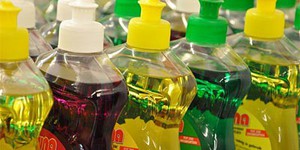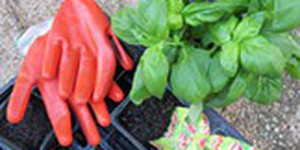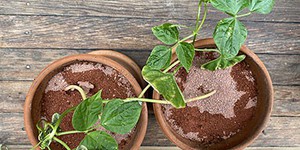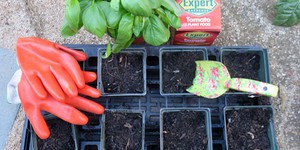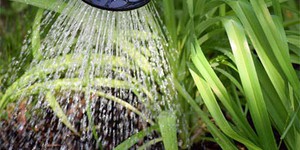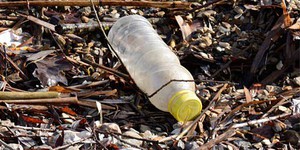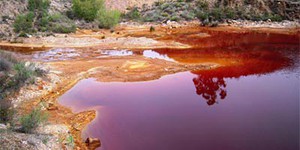Others Like “Get Rid of Those Leftovers: How Much Organic Waste Can Composting Worms Eat?” (top 20 results)
|
There is strong interest in "going green," including using products that cause less environmental damage when they are disposed of. In this environmental sciences project, you will compare the toxicity of "green" and conventional liquid detergents using worms as test organisms.
Read more
Everybody knows that worms are good for the soil, but not everybody knows why. Here's a project that investigates just one of the ways earthworms improve the earth. Would earthworm castings (or earthworm manure) help your plants prosper and flourish? If so, how much should you use?
Read more
Soil may look like a bunch of dirt, but good quality soil is actually a complex mixture of dirt, nutrients, microorganisms, insects and worms. What type of benefit do these microorganisms offer a growing plant? You can test this by baking soil in the oven to sterilize and kill the microorganisms. Do plants grown in sterile soil do better than plants in unsterilized soil? What about adding worms to one plant, but not to the other. Will the plant with worms grow better? Some insects are bad…
Read more
Divide a part of your garden into two equal plots, with each plot receiving equal amounts of sun. Cover one plot with two inches of organic mulch, such as compost or ground bark. Leave the other plot uncovered. Use the same amount of water for each plot for two or three weeks. At the beginning of the experiment, and at one-week intervals, dig down and check the soil in each plot for moisture content. Which plot holds water better? Which plot shows better plant growth? (McCausland, 2006)
Read more
To be able to live on Mars, humans need breathable air, clean water, and nutritious food. Spacesuits can provide oxygen to breathe, ice on Mars can be a source of water, but how could we get nutritious food? Today's astronauts bring food with them. But a manned trip to Mars would require food that was either successfully grown in space or on Mars, as taking the extra weight of food for such a long time—it takes 6–9 months one way—is just too costly. In this project, you will…
Read more
Plants need nitrogen to grow healthy stems and leaves. Although nitrogen is the most abundant element in the air we breathe, that form of nitrogen cannot be used by plants. Nitrogen contained in fertilizer, on the other hand, is readily taken up by plants. In this experiment, you will compare plants grown without nitrogen fertilizer to plants grown with nitrogen fertilizer.
Read more
Some plants use a lot of water, and some are very drought-tolerant. Drought-tolerant grasses are good for water conservation because they require less water to grow and stay green. How much less water do they need? Which types of grass are drought-tolerant? You can buy different types or brands of grass seed at your nursery that claim to be drought-tolerant. Grow them in a container and then starve for water after they are established. Which brands die out first? You can conduct a similar…
Read more
Think about mountain ranges, canyons, sand dunes, or any other interesting geological feature you may live near enough to visit. The surface of the Earth is always changing due to a balance of forces both above and below the surface. Below-surface forces cause the Earth's crust to be faulted, folded, tilted, and lifted. Above-surface forces are primarily due to the natural processes of weathering and erosion. Can you show the effects of these forces using scale models, demonstrations,…
Read more
Even though many cities have recycling programs, a lot of trash still ends up in the dump. Find out which materials will break down and which materials won't. Will the results of this experiment change which products you often buy?
Read more
You might know that lead can be toxic, and that you can get lead poisoning from eating or inhaling old paint dust. Lead is called a heavy metal, and there are other sources of heavy metals that can be toxic, too. Silver, copper, mercury, nickel, cadmium, arsenic, and chromium are all heavy metals that can be toxic in certain environments. In this experiment, find out if one common heavy metal, copper, can be toxic to an aquatic environment.
Read more
|
Explore Our Science Videos
Shrink a Potato with Osmosis – STEM activity
Light-Tracking Bristlebot Instructions | Science Project
Build a Hydraulic Lift


